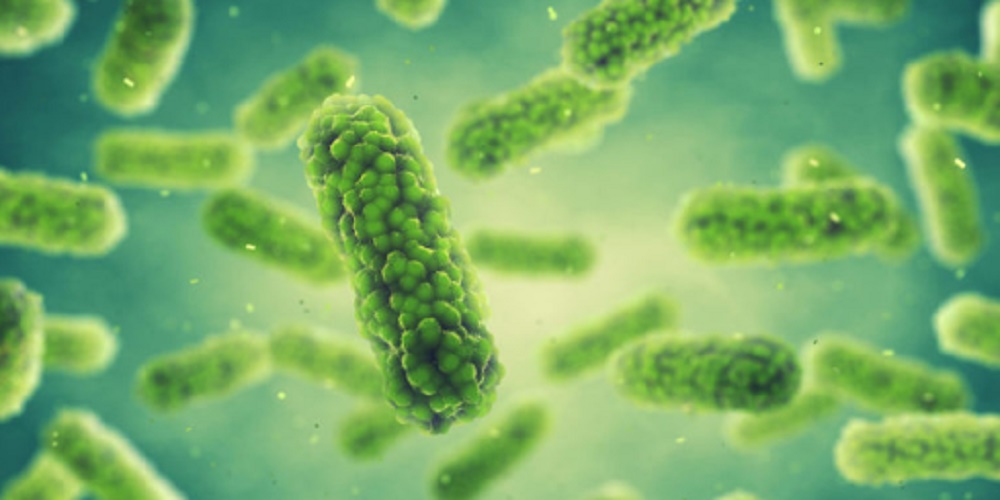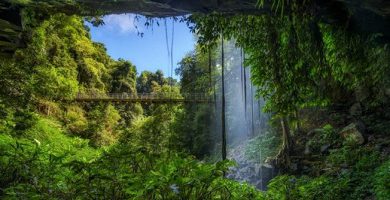What are decomposing organisms?
We explain what decomposing organisms are and the types that exist. In addition, its ecological importance and some examples.
-
What are decomposing organisms?
Decomposing organisms are called all those heterotrophic living beings , whose main source of livelihood is organic matter in a state of decomposition , which helps to reduce to its minimum usable components (decomposition). The decomposers occupy the bottom rung of the food chain , guaranteeing nutrients and fertilizers to the primary producers.
Decomposition is a habitual and important process in the cycle of life , and is what proceeds to death , either total (a complete individual) or partial (parts, remains or members of an individual). It is carried out by a diverse community of decomposing organisms, ranging from microscopic beings to scavengers , through numerous species of fungi.
-
Types of decomposing organisms

Depending on the type of decomposing organic matter they feed on, we can talk about three fundamental types of decomposing organisms, which are:
- Detritivorous or detritophage. This is the name of organisms that feed on detritus, that is, of body debris from other organisms, such as plant residues (dried leaves, decaying fruits, withered flowers, etc.). All this organic material falls to the soil of different ecosystems , forming a decomposing layer of decomposing organic matter called humus.
- Cophaphages These are the decomposing organisms that feed on the feces of other more complex organisms, that is, their feces. There they find usable organic matter that other animals cannot digest or that they did not digest completely, taking advantage of what has already been taken advantage of in the first instance.
- Ghouls In this category we have those decomposers that feed on corpses, that is, the body of dead organisms. Once life has ceased, different microorganisms begin a digestion of organic matter, then helped by insects, scavengers and other organisms that devour the body or end the hunting remains of other larger animals.
-
Ecological importance of decomposing organisms
Decomposers are vital organisms for the circuit of energy and matter transmission in all ecosystems. They are the guarantors of the total use of biological resources, decomposing organic matter into more basic and elementary substances, increasingly closer to those necessary for the flowering of producing or primary organisms (such as plants).
Without them, the decomposition of matter would be a much more prolonged and laborious process, especially in the case of those final predators that are not usually prey to anyone.
-
Examples of decomposing organisms

Some examples of decomposing organisms are:
- Bacteria . A true fauna of heterotrophic microorganisms makes life in the intestines of animals and freely in nature . When life has ceased, they are the first activated front of matter decomposition, fermenting, oxidizing and consuming tissues.
- Most fungi . Saprophytic (non-parasitic) fungi are usually born in places rich in moisture and decomposing organic matter, such as the soil of a deciduous forest or the painting of a bathroom with poor ventilation. There they chemically break down matter to obtain energy and nutrients with which to grow and reproduce.
- Earthworms. The various existing earthworm species have a blind existence underground, opening tunnels as they go, feeding on organic matter in its final stages of decomposition.
- Insect larvae Various insects, especially flies, lay their eggs in corpses or other decomposing organic waste, to take advantage of organic matter as a food source for their larvae. These are the worms that appear to dead animals and devour them from the inside, preparing for the metamorphosis that will lead them to adulthood.
- Coprophagus insects. Other insects, such as the different “beetles” beetles (Scarabaeus viettei and Scarabaeus laticollis, generally) take advantage of the defecations of various mammals , making small balls that bury to form a warm and propitious nest for their eggs.





